Best actual winter low light plants
Winter is here! With it comes the cold for us here in the foothills of Nevada county all the way up to the north shore of Lake Tahoe Ca. For me and my kido we have been home for the last couple of weeks, the last week especially due to recent storms. The search for low-light winter plants begins!
Penn Valley, Grass Valley, and Nevada city got buried in snow, many areas still have berms days later, a rarity for these parts. Highway 49 down to Auburn was shut down for a couple of days and lucky for us we were near one of the couple gas stations still with power.
It’s gotten colder and it has been hard for some of my summer purchased plants. This is something I often don’t think about in the summer. The winter migration of all my hanging plants into my tiny home. Among all the other winter preparations and shortages, it’s hard to slowly see my tropical plants wither as they don’t get much light these days.
This is a tad bit of loss of investment for me though I should’ve thought ahead before purchasing my fiddle leaf fig, magnolias, string of turtles, and should’ve stuck to my local conifers, heck even kale would’ve been better.
It is however still a good time for accessories and winter shade-tolerant plants! Some sort of topsoil covers like dry mosses or wood chips would be great for some of my larger plants to insulate their roots. If they don’t survive I will also be replacing my poor tropical plants with some that are hardy to withstand the Sierra Nevada’s.
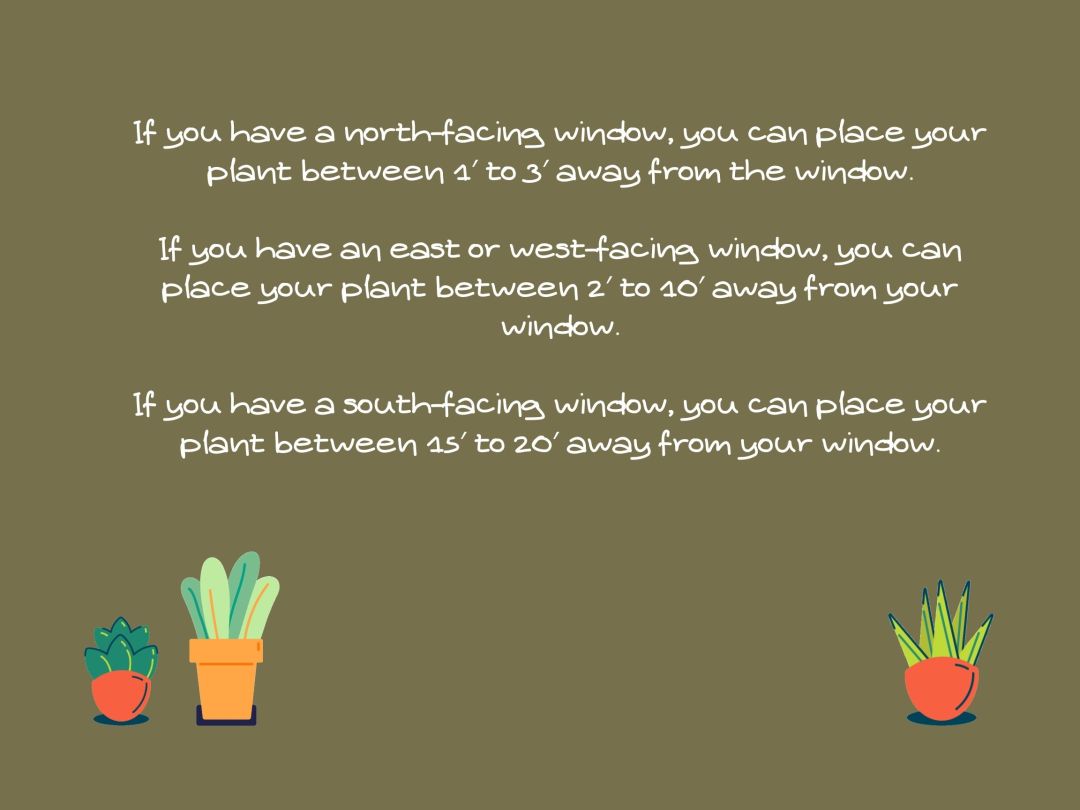
Here is the list of good hardy winter low light plants
Wild Columbine
Aquilegia canadensis – Buttercup family (Ranunculaceae) – My favorite flower. The preference is light shade to partial sun, moist to dry conditions, and soil that is loamy, rocky, or slightly sandy. Mature plants can also tolerate full sun, although young plants require some shade from neighboring vegetation. Once it becomes established, this plant is easy to maintain.
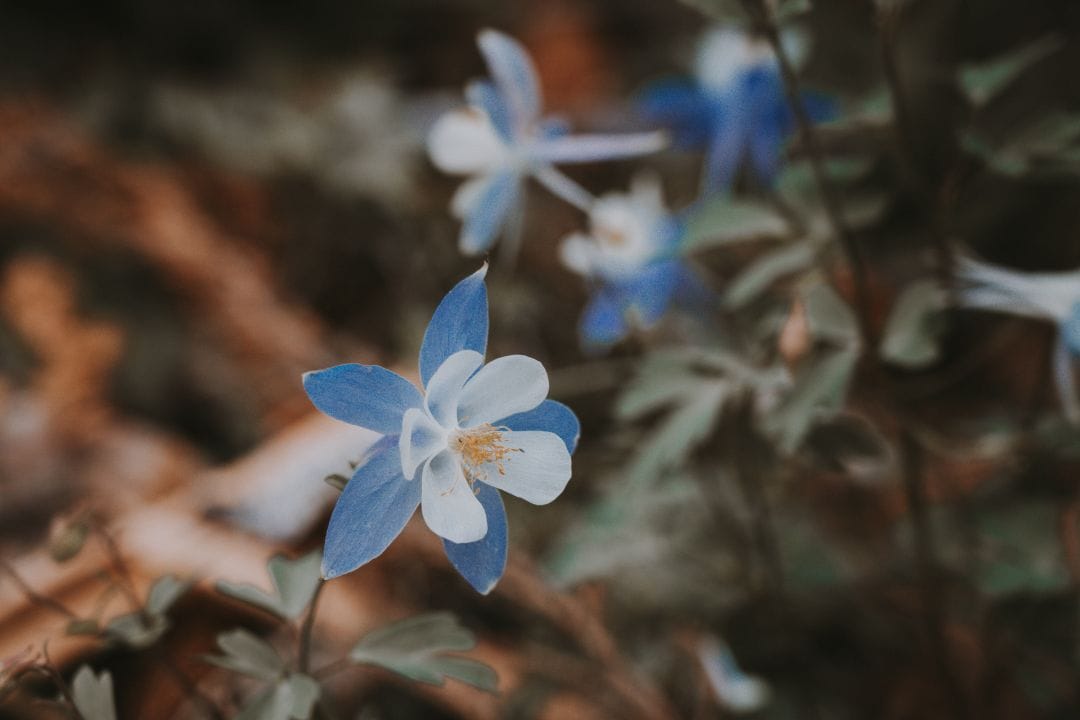
Albuca Frizzle Sizzle
This is a quirky and fun plant to keep around! It’s not only easy to care for but when it blooms, it gives off sweet vanilla-like scents. It does also flourish in high altitudes as I’ve seen it along mountain trails around muculmana meadows and near pyramid peak in early spring as the snow melts.
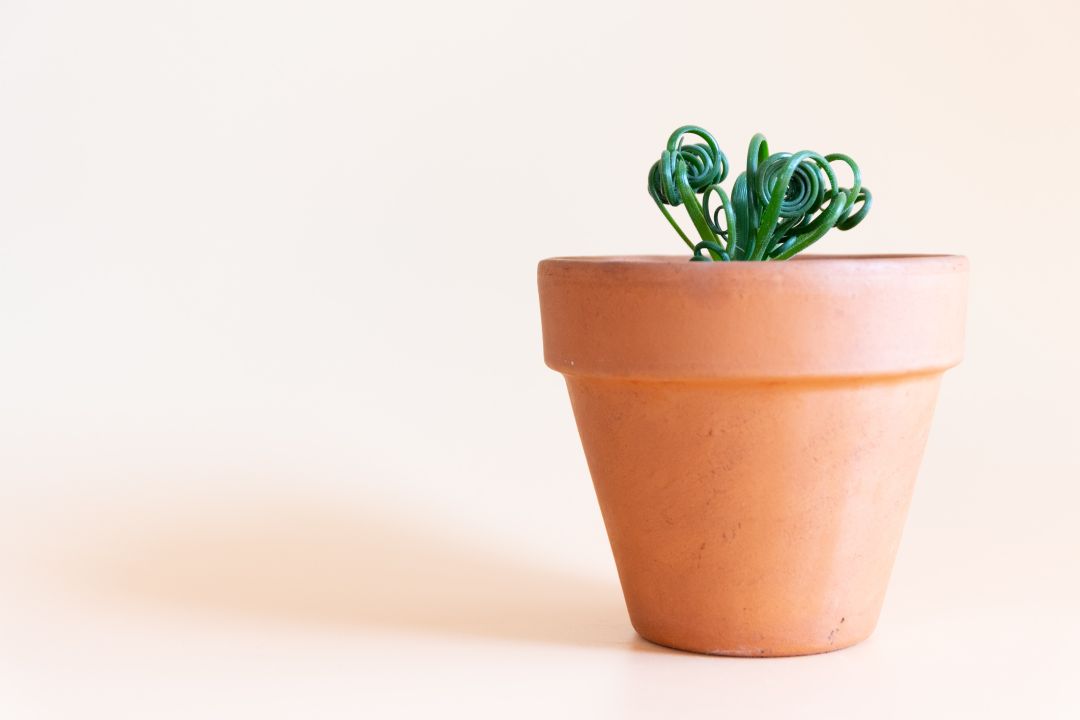
Sansevieria Moonshine
If you live in an area where you get barely any natural sunlight when it hits cold temps, I recommend grabbing this lil love that will do just fine in artificial light! And a bonus: It doesn’t require much water in the chillier months.

Sansevieria Fernwood
Say hello to Miss Indestructible. She can survive most weather conditions, barely needs any watering, and is apparently “tough as nails.” Oh! And she’s amazing at purifying the air.
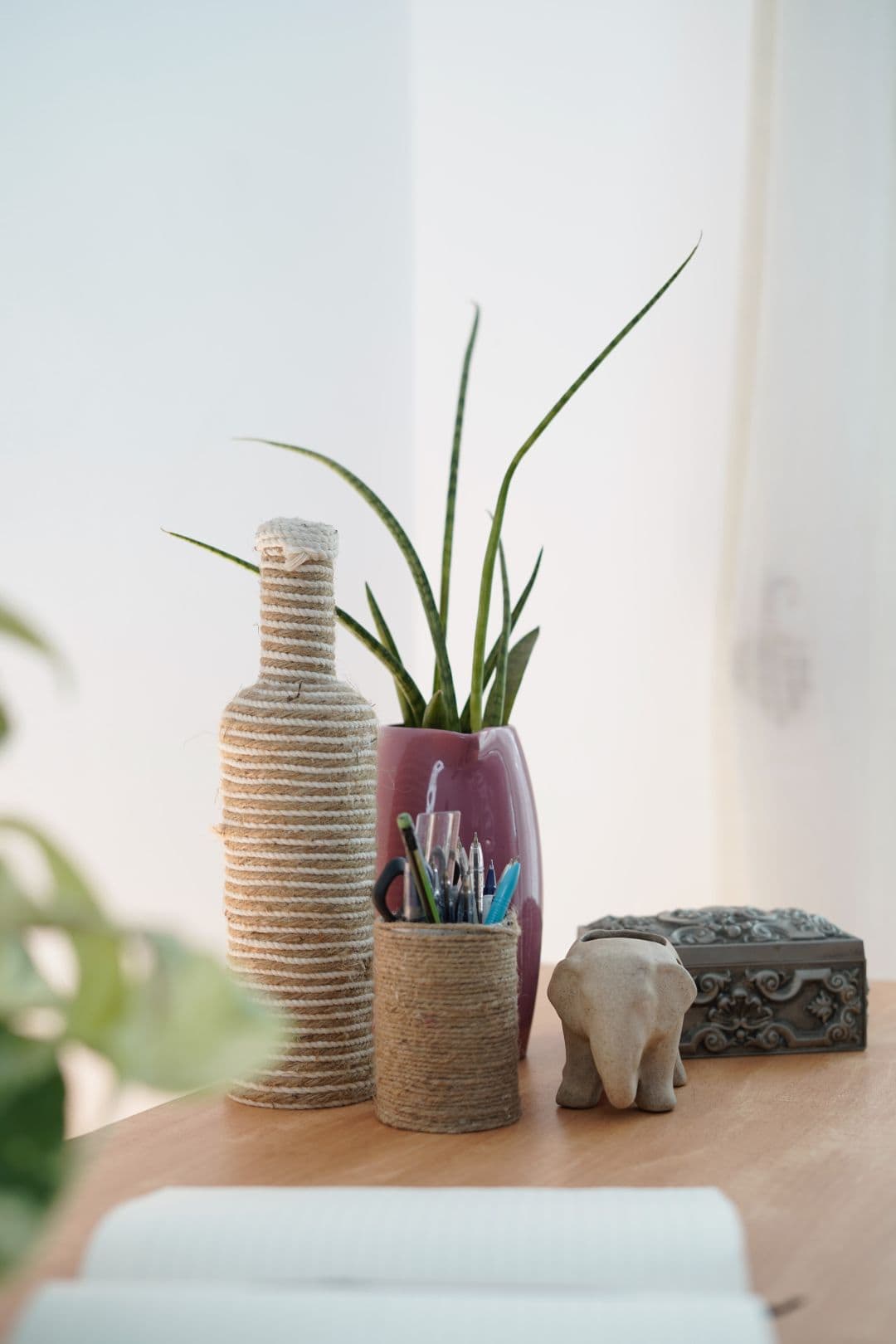
African milk tree / Euphobia Trigona
The African Milk Tree has an upright stem and branches that also grow upward. It is dark green and has green drop-shaped leaves that grow between the thorns. The African Milk Tree can grow up to 8 ft tall!
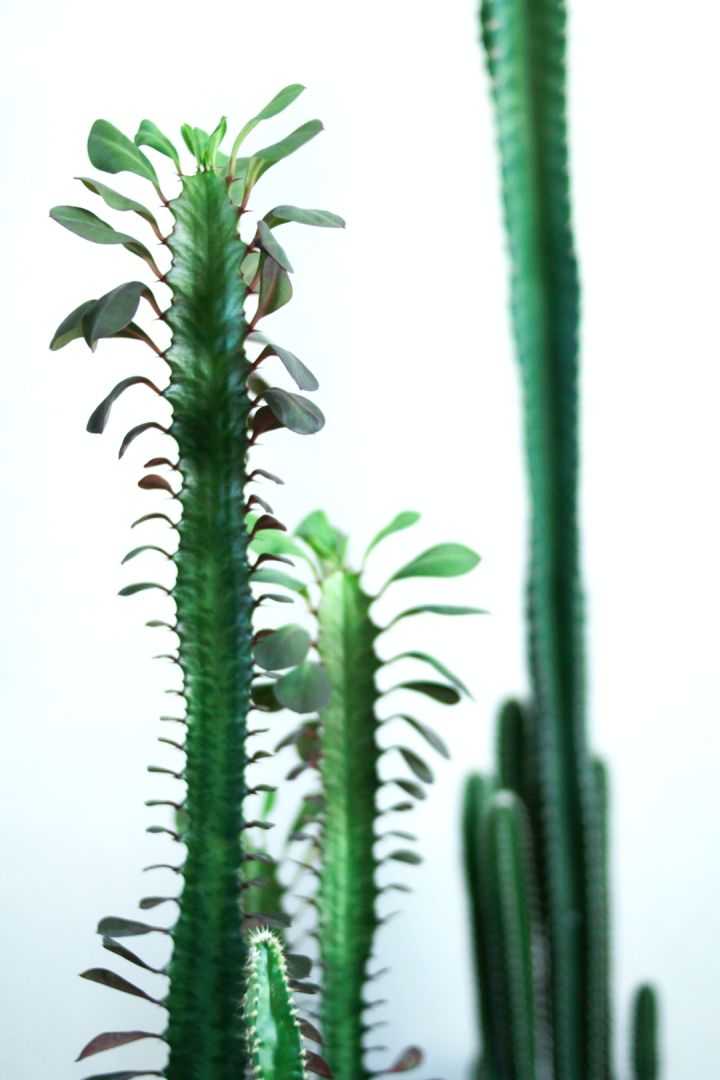
Watermelon Peperomia or Watermelon Begonia
The Watermelon Peperomia is a perennial plant with striped oval green leaves and red stems. Keep this plant away from direct sunlight, allow the top part of the soil to dry out before watering again, and don’t let it sit in water!
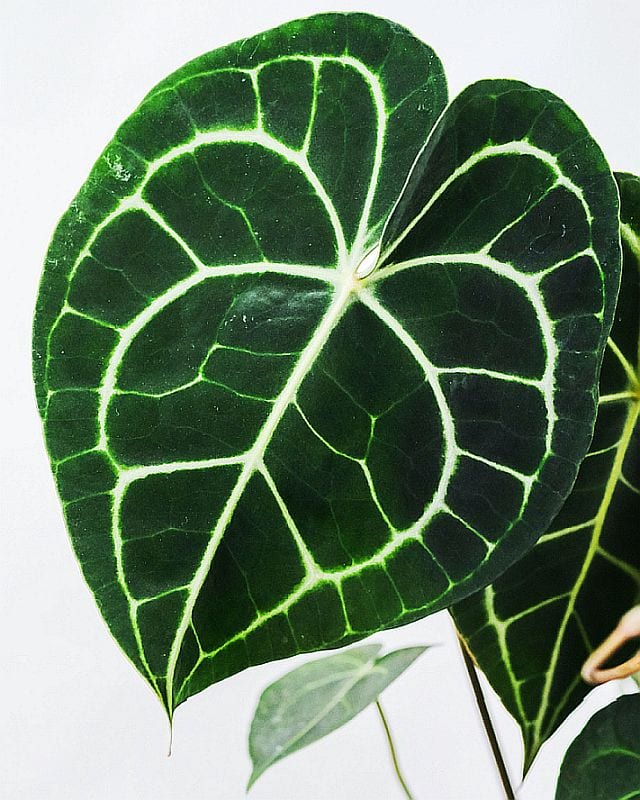
Asparagus Fern
This fluffy plant tolerates a lot more abuse than other ferns — thanks to the fact that it’s technically not a fern. Asparagus setaceus adapts to both bright spots and darker corners. Keep the soil moist and it’ll thrive. What to keep in mind though is that they can grow up to 8ft tall and need a pretty large area if you don’t essentially bonsai them.
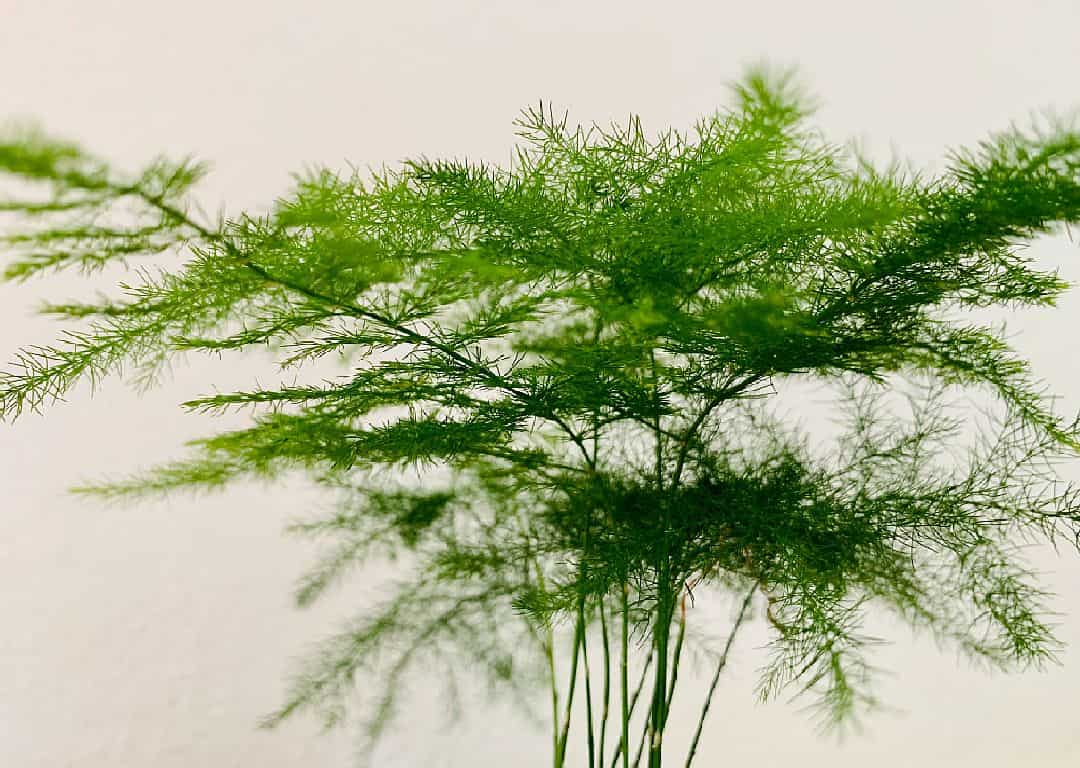
Yucca
The recipe for a happy yucca is easy: sun, sun, and more sun. Plant in a container deep enough to balance the top-heavy woody stems and water sparingly. Sounds a tad funny to be on this list if you are familiar with Yucca though the leaves are beautiful if you enjoy leafy plants like I do! If you aren’t, It’s a tuberous plant and very cold tolerant, most places here in Nevada county sell them in the produce section in spring and summer. If this inspires you to go look at your local store for them absolutely look online how to cook them properly. They are most known in my area for being what they use in tapioca pudding, though if not cooked properly could cause paralysis.
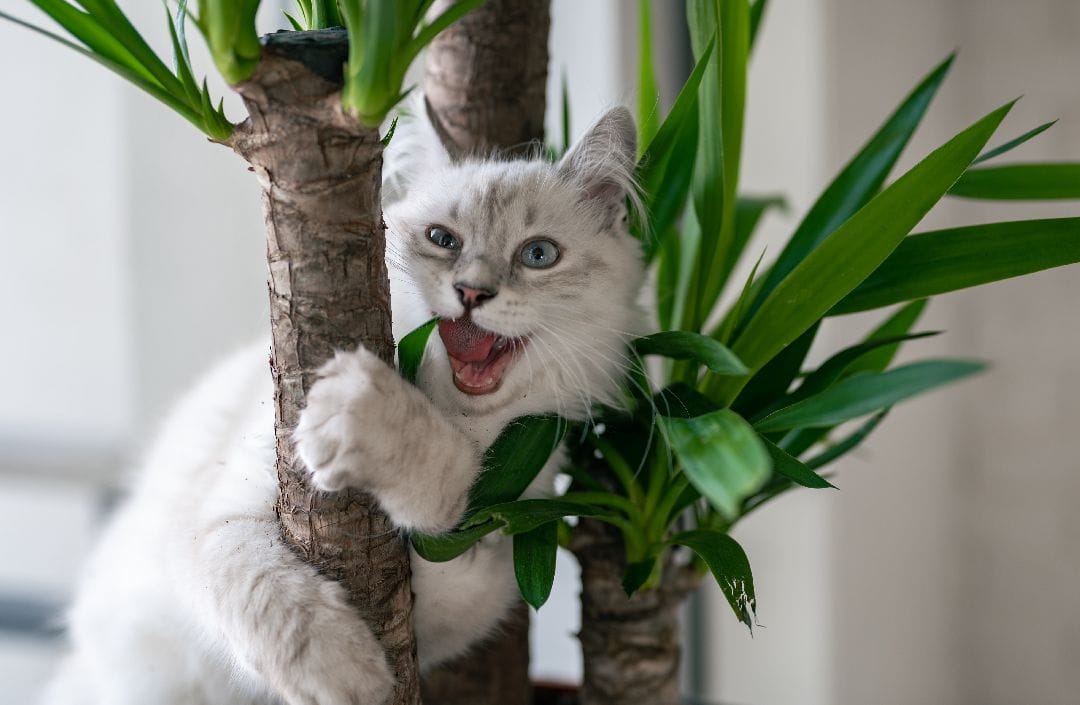
Epilobium Canum
is beautiful species of willowherb, native to the California foothills and coastal areas. It is a perennial plant, notable for the profusion of bright scarlet flowers in summer and autumn – it’s usually the only native California plant in an area flowering at the height of summer. They tend to die back and go dormant in the winter. Other common names include California-fuchsia (from the resemblance of the flowers to those of Fuchsias), Hummingbird Flower, and Hummingbird Trumpet (the flowers are very attractive to hummingbirds). Epilobium canum is often found by seasonal creeks, seeps and spring, particularly in the drier southern part of it’s range.
Sierra wild ginger
Something that I already have in my garden outside and will most likely propagate within the coming weeks. Also known as Asarum hartwegii (Sierra Wild Winger) is an evergreen rhizomatous perennial boasting heart-shaped, glossy green leaves, 2-4 inches long, width of (5-10 cm), with silver veining.
Snake Plant
If all else fails, grow a Snake Plant. It thrives in full sun or partial shade and prefers dry air and rarely needs re-potting. Not technically a winter plant though they purify the air and are just hardy plants that I’ve seen survive cats, be left outside in the rain, and left in rental houses for weeks to months with nearly no care.

So even if my tropical plants don’t make it through winter, I’ll be more elevation aware when restocking my collection. Pretty excited to go propagate my Sierra wild singers and to get some wild columbine. I will probably add these two to my collection before the end of this winter!
Some other stories you might like: Winter sports Nevada County January 2022 Going plant based – Eating for fitness
Check out the shop: Shop Easy Care Variety Bundle 4″ Pots
